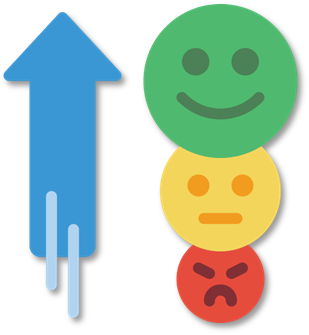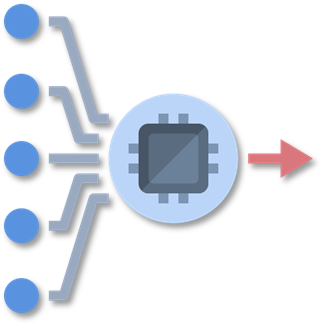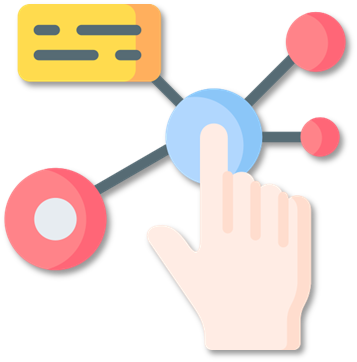Step 2: Functions
| Topic | Question | Answer Group 1 | Answer Group 2 |
Overall objective | What is the overall objective of the human-AI system? How do the human and AI collaborate and support each other (interdependence)? | Two objectives/systems: - One to support the doctor by monitoring and prioritizing patients for consults. - The other to support the patient in signaling if change is needed and offer insight into glucose levels over time and possibly give advice on this.
| |
Functions
| What are the functions of the AI-module(s)? What does it actually do? What are its inputs, what are its outputs? |
| - To MD: To monitor patients physiological data and through questionnaires. - To MD: To provide summary data on a patient. - To MD: To prioritize patients for a general practitioner or MD that could benefit or are in need of a consult. - To MD: To provide an overview of preferences and tried interventions by the patient. - To MD: Provide a list of patients with a risk value/probability. - To MD: To accept a patient evaluation from an MD. - To Patient: To measure certain physiological values at the patient. - To Patient: To measure performed actions by the patient. - To Patient: To provide questionnaires to assess the patient's current condition and preferences. - To Patient: To keep an overview of already tried interventions. - To Patient: To provide alerts, current risk value and conclusion/assessement of progress. - To Patient: To offer personalized advice about interventions. - To Patient: To provide insight and explanation about the patient, offered advice and risk. |
Interaction | How do you expect the human to interact with these AI-functions? Does the human provide any input? (just a (high-level) description of interaction(s) is fine, e.g. “Actor A provides feedback in the form of tags”) |
| Towards the patient to be always available and super personal. |



